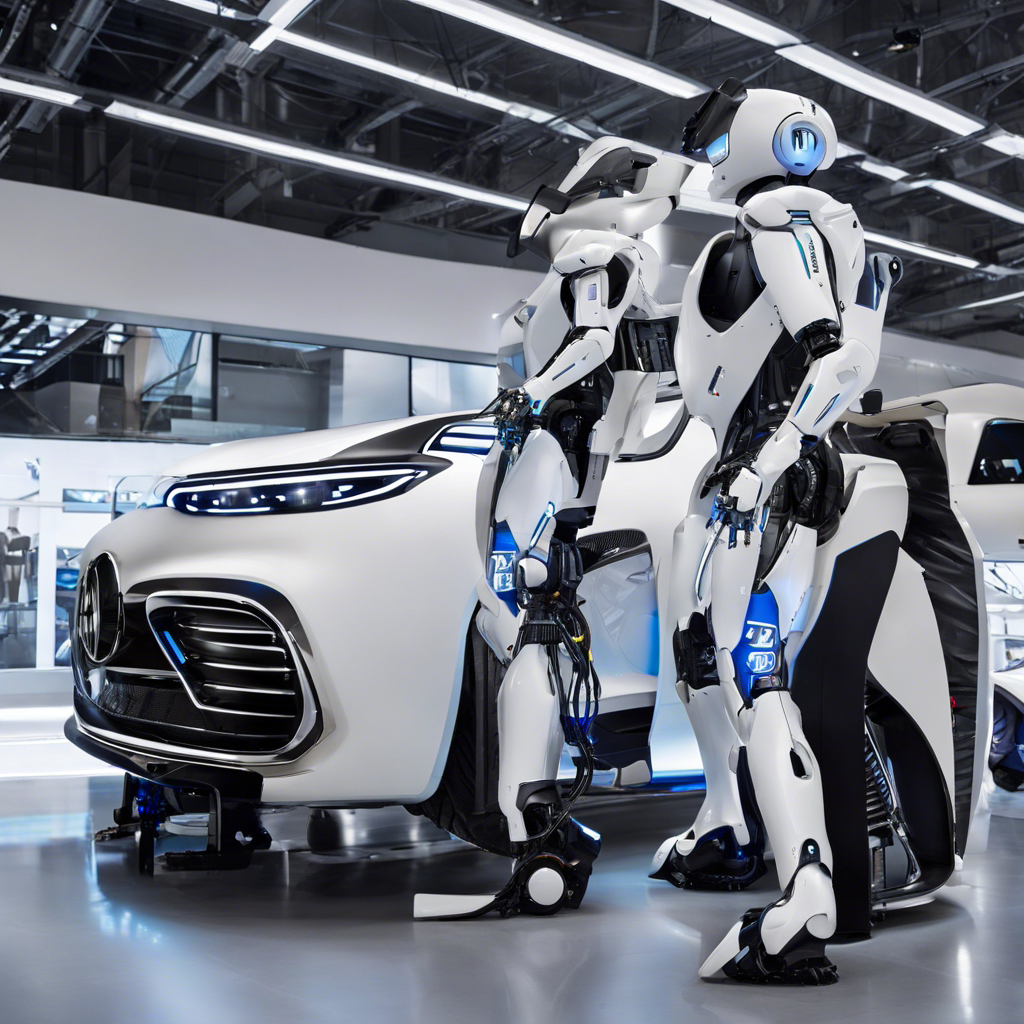The world of robotics is advancing at an incredible pace. Scientists and engineers are constantly striving to create innovative machines, with groundbreaking designs and capabilities. The latest addition to the world of robotics is incredible, it’s called the World’s Fastest Humanoid Robot.
This impressive machine has been developed by a team of researchers at the NASA Jet Propulsion Lab, led by scientist Alireza Faregh falaghian. This robot has been designed to move quickly and efficiently, with the potential to be used for search and rescue missions in disaster zones.
This incredible robot has two legs, each equipped with 12 motors and an impressive 36 actuators, allowing it to move with an incredible speed of 8.5 feet per second. That’s almost the speed of running, but without the need for a human to exert any energy. It can move quickly and with precision, thanks to its advanced design and the hard work of the scientists and engineers who developed it.
The robot is not only fast, but also highly agile. It can jump, hop, and even climb up and down stairs, making it an incredibly versatile machine. It has been designed to navigate a wide range of challenging terrain, including uneven ground and obstacles.
The World’s Fastest Humanoid Robot is an incredible achievement in the field of robotics, with the potential to be used in a variety of industries and applications. With its impressive speed, agility, and precision, it could be a game-changer for search and rescue missions, as well as other areas such as manufacturing and construction.
The future of robotics is looking incredibly bright with innovations like this. The World’s Fastest Humanoid Robot is an impressive machine, and we can’t wait to see what the future holds for this incredible technology.
While this robot is an impressive feat of engineering, it’s worth noting that there are many other innovative machines being developed alongside it. The world of robotics is constantly evolving, and we’ll have to wait and see what further advancements are made in the near future.


